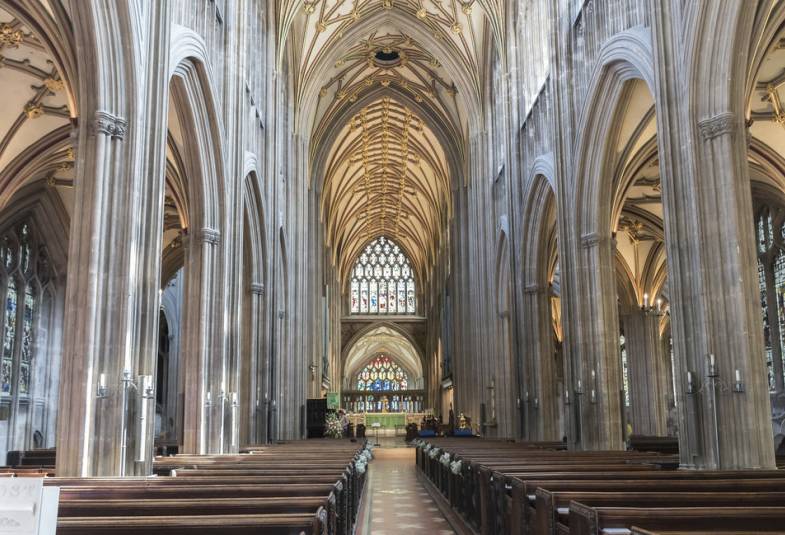26/06/2020

Monuments and memorials tell us a lot, not just about individuals, but about who and what was valued by the society that put them up. What we value and seek to memorialise now is not the same as it was in any other historical period. A prominent memorial in a church in some cases is a mark of the esteem in which the person was held in their community and beyond. In others, it will reflect a donation given to the church at the time by an individual or family – or a combination of the two. In addition to this there are millions of gravestones in churchyards.
The events of the past weeks in response to the tragic death of George Floyd have brought into focus the question of monuments to individuals who have participated in systemic and targeted discrimination or exploitation based on race.
The Church of England’s Director of Church Buildings and Cathedrals, Becky Clark, said: "Action is being taken by parishes and cathedrals across England to consider monuments which have links to slave trading or the exploitation of people. Some churches have previously acknowledged and exposed this legacy, but many are just beginning this work in response to the spotlight shone on these questions by the Black Lives Matter movement.
“While it is not possible to provide a single answer which could apply to all circumstances and which would satisfy all legitimate viewpoints, we must be as one in acknowledging the real and justified anger of those who believe monuments in churches and elsewhere must be reviewed.
“Key to determining what should be done in each context is the creation of a dialogue within communities. This must be open and honest, and acknowledge that there are monuments in our churches and cathedrals to individuals and events whose destructive impact is still being felt by people living in the UK today.
“Meaningful dialogue needs to engage with this reality, recognise that these voices have often not been listened to in the past, and make decisions that allow these unjust experiences to form a recognised part of both the history and future of our churches.
“The local and national church should play a leading role by helping to lead and facilitate the conversation, not purely as a discussion around historical monuments, but also how we, as a broad and diverse society, value and represent people of all ethnicities and backgrounds.
“As the Archbishop of Canterbury has said, we can only forgive the actions of the past when we have justice in the present, and statues and memorials need to be seen in both the context of the past and the present.
“Dialogue alone is not sufficient. It must have real outcomes. These may include re-interpretation, or gaining permission for the alteration or removal of monuments. The outcome and possible follow-up action will be different in each case, and depend on the particulars of the monument or memorial itself, recognising the rights of descendants as well as the artefacts as heritage assets.
“Although these decisions will be taken locally, dioceses and national bodies like the Church Buildings Council have a part to play in facilitating those conversations and we have been offering advice and support to churches as they confront the complex challenges of the past and the reality of the present.
“In doing so, we must seek to confront and understand the past whilst recognising the reality of how it impacts people living today.”